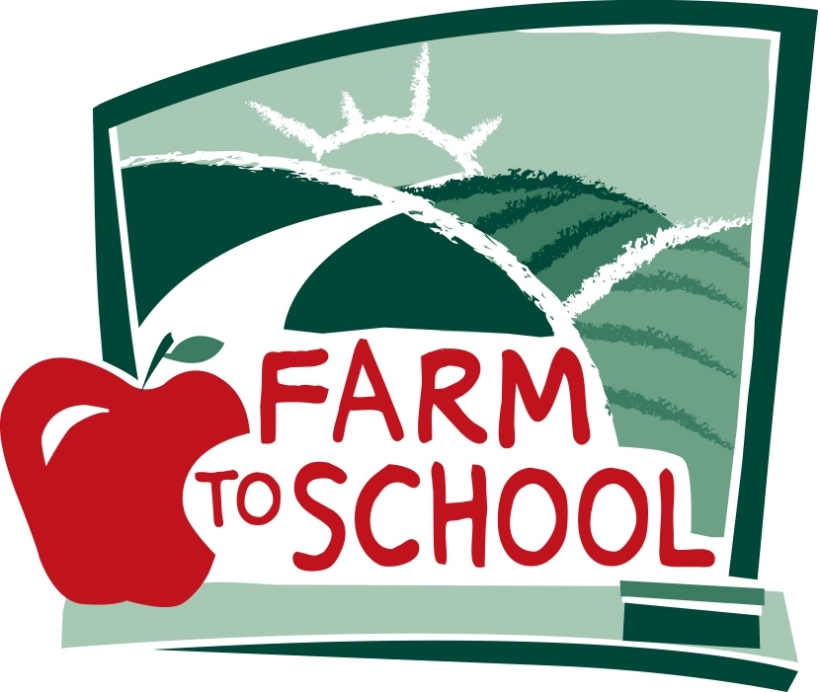The National Farm to School Network is a program that enables schools to supply local food for their students. Farm to School believes that feeding students with local food can provide many benefits to a society. First, it teaches students and community members about connections between food and where it comes from; beginning with the farmer and their environmental impact to grow food, to the nutritional importance of fresh food. The next benefit with the Farm to School program is improving students’ nutrition by feeding them more fruits and vegetables. This can reduce the occurrence of obesity, and help reduce hunger. School can save money if farmers can plan on supplying food that is in season on a consistent basis. It can create more jobs in a society, and adds new markets for farmers, ranchers, fishers, and processors. Not to mention, keeping food local reduces the use of oil, reducing emissions of greenhouse gasses.
The program took a lot of time to be implemented. It was first thought of in 1996, and the USDA supported the establishment of the program in 2000. Many states began to organize schools and local farmers for the next 5 years, until in 2005 the first grant from Kellogg was given. The website was then created, and the Farm to School Network blew up, and by 2008 over 2000 programs were established in 39 states. By 2010, all 50 states had adopted a Farm to School program, and in 2011 the White House Task Force Report on Childhood Obesity recognized the Farm to School Network as a strategy for preventing obesity.
The Farm to School Network is a exciting new program designed to improve the health of schools and communities. I feel that this is a much-needed change in our food system. The jobs it can create, and the way it helps people seems almost to good to be true. Hopefully it succeeds and continues to grow.

